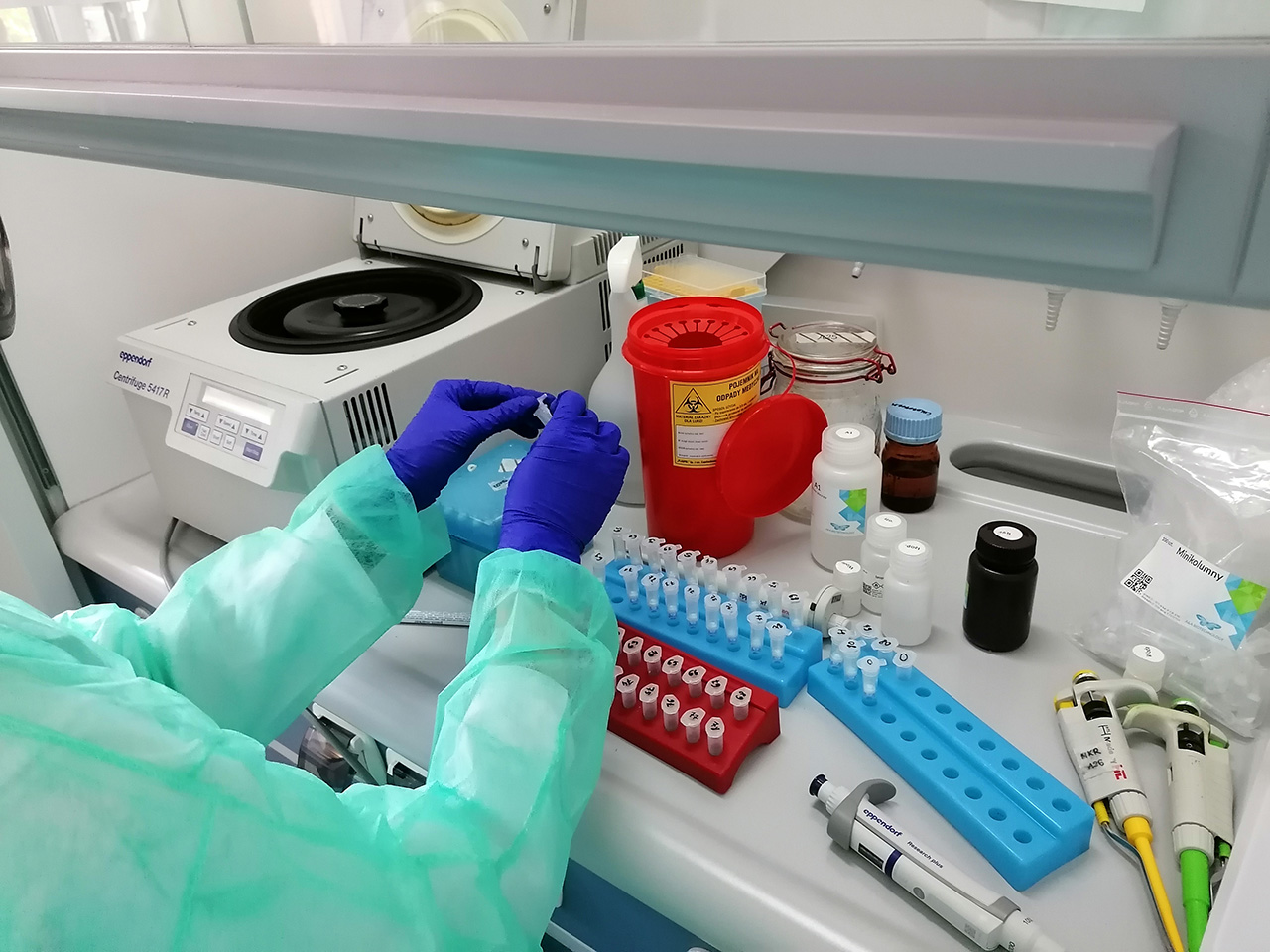In Poland, we have a genetic mix of many types of coronavirus
We know all this thanks to scientists from the PAS Institute of Human Genetics. They were the first to examine all genomes of the SARS-CoV-2 virus present in Poland. Researchers also observed a significant dominance of one type of coronavirus sequences compared to other European countries.

Researchers from Poznań examined 90 sequences (structures of genetic material) of SARS-CoV-2 isolated in Poland. They compared them with 42,000 sequences of the so-called isolates, i.e. virus isolation in cell cultures stored in the laboratory for experimental purposes. Such data is collected by the international GISAID database.
Polish sequences come from several national research centers, including the Institute of Human Genetics of the Polish Academy of Sciences as the only source of such information in Wielkopolska region.
Results
The coronavirus that circulates in Europe belongs to six widely recognized types:
- L, V, S – the phylogenetically older, prevalent in Chinese samples from Wuhan,
- G, GH, GR – the most common on the old continent.
It turns out that the majority of Polish samples belong to the G type: GR (53%), G (27%), GH and GHI (9%). Compared to other European countries, researchers have observed a significant dominance of the GR type in Poland. Whereas, sequences predominant in China L, V and S types account for only 6% of the analyzed Polish sequences.
Conclusions
The results obtained by Polish researchers indicate that we are dealing with a genetic mix of many types and subtypes of the SARS-CoV-2 virus in Poland. This is probably the result of the pathogen transfer from different geographic locations. However, without an in-depth epidemiological interview, it is impossible to determine which country a given transmission case originated from and when it could have happened.
The overrepresentation of particular genetic types of coronavirus in individual outbreaks of infection does not indicate a particular direction of virus evolution in a given location. It is the result of virus transfer, its rapid multiplication and selective sampling from individual sites. This shows how crucial it is to introduce a large-scale comprehensive coronavirus genetic testing program in Poland.
Why it matters
Complete information on the subtypes of viruses circulating in a given population is important for medical epidemiology, diagnosis and infection prevention. Assigning the isolated virus to the major types identified in Europe is the first step in such endeavors.
However, only sequencing the entire genetic material of the virus allows to detect new population-specific mutations. This is essential for reconstructing local infection pathways and identifying undocumented local sources of COVID-19 infection.
Access to information on the variability of strains occurring in Poland will allow to adjust future therapies or vaccines to the specificity of infections in the Polish population.
Authors of the study
Research on the genetic variability of the coronavirus was conducted by scientists from the Institute of Human Genetics of the Polish Academy of Sciences under the joint supervision of Prof. Ewa Ziętkiewicz, Prof. Andrzej Pławski and the director of the Institute Prof. Michał Witt.
Source of information and photos: PAS Institute of Human Genetics
